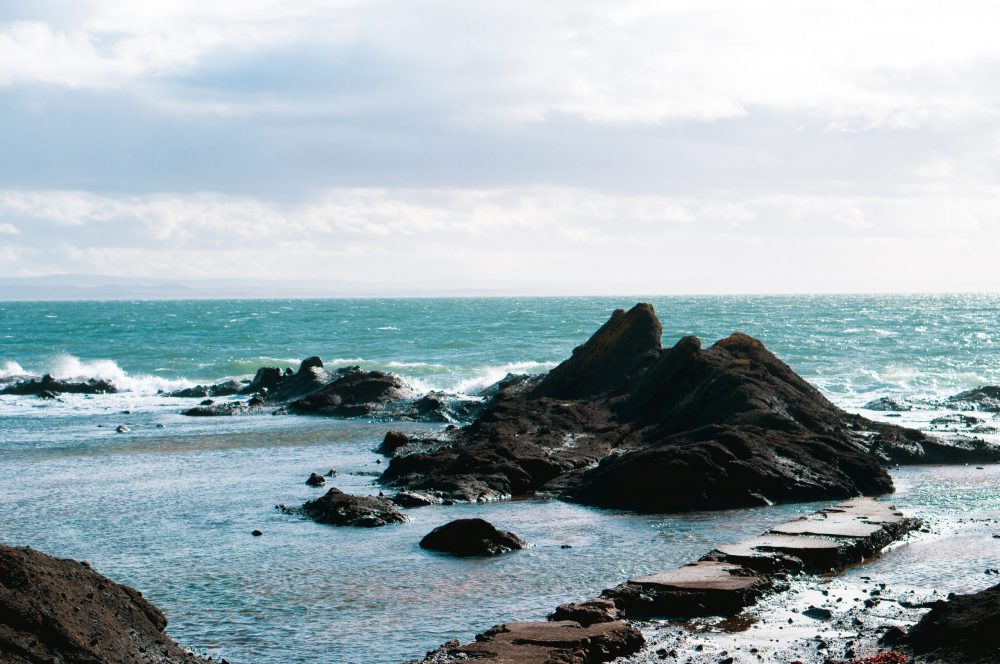NEW figures show that More than three quarters of Scotland’s natural features are in good condition or on the road to recovery.
Official statistics published by NatureScot show that 78.3% of more than 5,400 features on protected nature sites were assessed as in a favourable or recovering condition in the last year.
Natural features include habitats, species and geological features such as fossil beds and caves.

The figure remains relatively stable and is up over the long-term from 71.4% in 2005.
Around two-thirds (65.1%) of features were found to have already reached favourable condition, with a further 13.1% believed to be on the road to recovery.
The natural features with the lowest proportion in favourable condition remain marine mammals (58.6%), woodlands (64.3%) and birds (66.9%).
NatureScot is working with partners and land managers across Scotland to take remedial action to promote recovery.
Nick Halfhide, NatureScot’s Director of People and Nature, said: “Scotland’s protected areas have a vital role in strengthening ecological networks and helping us to build resilience in the face of the twin challenges of climate change and biodiversity loss.
“As well as safeguarding our most special places for nature, protected areas provide many benefits including locking away huge amounts of carbon, particularly in our peatland and native woodlands.
“Anticipated Scottish Government targets for 30% of Scotland’s land and sea to be within a protected area by 2030 provide a real opportunity to work in partnership to ensure these sites are as effective as possible in helping to reverse nature loss and capture carbon from the atmosphere.”